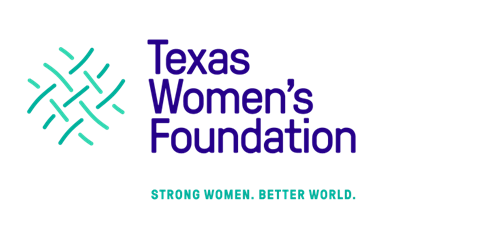Via: Dallas Morning News
By: Miki Woodard
If we don’t look too closely at gender-equitable access to economic opportunity, we might be tempted to think the battle is all but won.
After all, women are starting businesses, helming companies and running for office in increasing numbers. We secured the right to vote, to open up banking accounts, and to own property decades ago. In the media, imagery celebrating the “girl boss” has never been more prevalent. In short: the prosperity picture for women has greatly improved, and at this point it’s mostly a matter of making sure we continue in a forward direction. Right?
Not so fast. While the victories we’ve realized are encouraging, we still have plenty of work ahead of us, as evidenced by our recently released pandemic-focused update for “Economic Issues for Women in Texas,” a comprehensive research report Texas Women’s Foundation produces with researchers from Every Texan. While many of the study’s findings point to positive trends, others make it clear we’re not doing enough, or that we need to move faster. For example:
Texas women outpace Texas men when it comes to college completion, yet still lag behind men in critical financial indicators, like pay and college debt.
Texas women continue to face barriers to affordable child care and housing. In fact, millions of women spend upwards of 21% to 30% of their income on housing and child care costs.
One in 5 working-age Texas women (25 to 64) lack the essential financial protection of health insurance. Texas ranks dead last in the country when it comes to women’s health insurance coverage, with 2.5 million women uninsured prior to the pandemic.
Women who have access to reproductive care tend to earn more over the course of a lifetime, but less than half of Texas women of reproductive age receive contraceptive or family planning services.
Sixty percent of Texas women are breadwinners, and low-income women and women of color are more likely to be the sole breadwinners of their households.
Texas has one of the largest economies in the world, yet 15% of Texas women and girls have recently experienced poverty. That’s about 2.1 million women and girls in crisis, with millions more only one setback away from joining their ranks.
The bottom line: We need to work harder to find solutions that will lead to brighter futures for Texas women. Here are three ways you can help:
Educate yourself and others. As the saying goes, knowledge is power. Our research report is available for anyone to download and distribute, or use as a basis for discussion with your elected representatives or within your social and work circles.
Tell your elected officials you want better policies. Our study outlines more than 20 specific policy recommendations related to Texas women, including the need for statewide paid family and medical leave, Medicaid expansion, and stronger tenant protections. For tips on talking points, check out the policy recommendations section of our new report, or visit the Army of Advocates section of our website.
Vote in all elections. Whoever said “all politics are local” knew what he or she was talking about. State and local lawmakers wield the most power over the policies that have the biggest impact on our daily lives, yet as voters we tend to check out when we’re not electing a president or governor. Fewer than 18% of registered Texas voters participated in the last primary. We can do better.
Time and again, we see that women who achieve economic security invest heavily in their families and their communities. In other words, as Texans, it’s in our best interest to amplify the effort to elevate the more than 14.6 million women and girls who call Texas home. Better policies will help Texas women move from economic peril to stability, from surviving to thriving. The inevitable result will be a stronger Texas for all of us.
Miki Woodard is president and CEO of Texas Women’s Foundation. She wrote this column for The Dallas Morning News.

